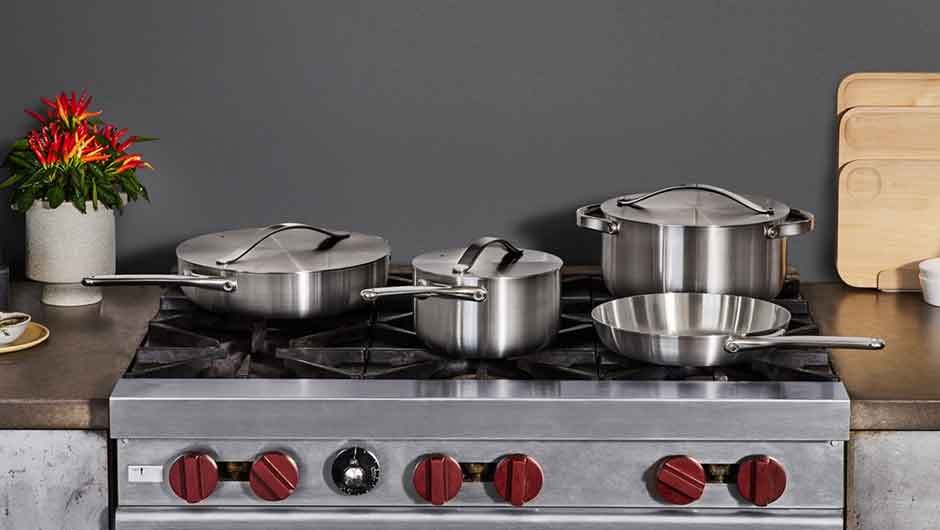Have you heard the saying, “You do not think well, love well, or sleep well if you have not dined well.”? If you’re the chef of the household, you see to the happy bellies of your family. Food cooked by someone in a good mood tastes better. Food made with love and care shows.
Part of being happy in this loving work is having what you need to do the job. Going to the pantry in the middle of a recipe to find an ingredient missing creates new dishes after frustration. Some of my mother’s favourite dishes were made out of necessity and creativity. Do you remember those FAVOURITE unique meals from your childhood?
Another component is a comfortable kitchen. Proper lighting, effective ventilation, ergonomic equipment locations, and outlets all over make a cooking space easy to use.
Faulty equipment is also frustrating. Uneven cold zones in your refrigerator can cause spoiled food and contamination. A tired stove will heat UNEVENLY or cause safety issues. A sink that doesn’t drain is a bucket. These things need to be in safe working order.
Do you watch any cooking shows? I do. I am amazed at the choice a cook makes regarding their choice of pan. Knowing how to use the equipment in your kitchen is just as important as the equipment being in working order. Take your pots and pans for instance.
- Cast iron pans do not get acidic food in them. The bond of cast iron is weak, and acid can cause metal to leach into your food.
- A sauté pan features a wide flat-bottom and medium-height sides. It allows more volume to be heated.
- Saucepans are shaped to aid in the evaporation and reduction of a sauce. They have high side walls to allow the holding of more liquid and use a cover to control the reduction rate.
- A frying pan has a clever name. Also called a skillet they are used for browning and frying food. They typically have low sides that flare out from the centre.
- A ridged griddle is used for cooking meat or vegetables with little oil. A flat one makes pancakes a snap.
- Stock pots are large-volume cooking vessels for soups, stews, pasta, or larger-volume cooking.
- Not to be confused with saucepans, a saucier is a sauce pan with low sides to allow continuous stirring or whisking motions.
- A wok is a specific type of frying pan with an additional handle to assist in tossing food as it cooks. More synonymous with Asian cooking, they are used in a multitude of cuisines.
We have come a long way since the 4th century B.C. when ancient Greeks used casserole and brazier for cooking. We still cook on rocks, or clay when camping. Some foods are wrapped in leaves and cooked to this day. Overall; humans have advanced due to our food intake. What you cook is as important as how you cook it.





